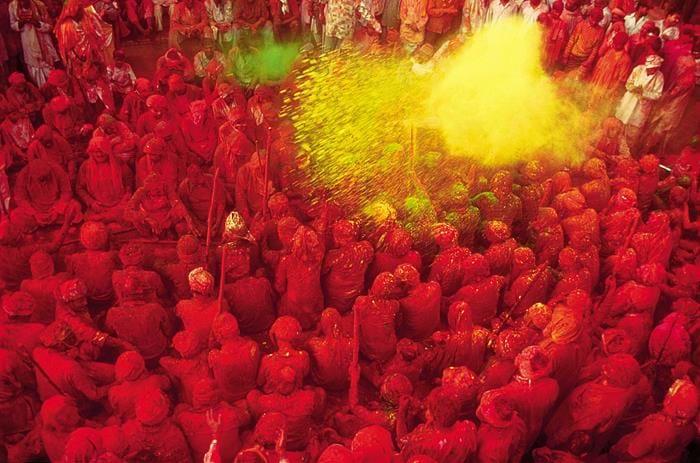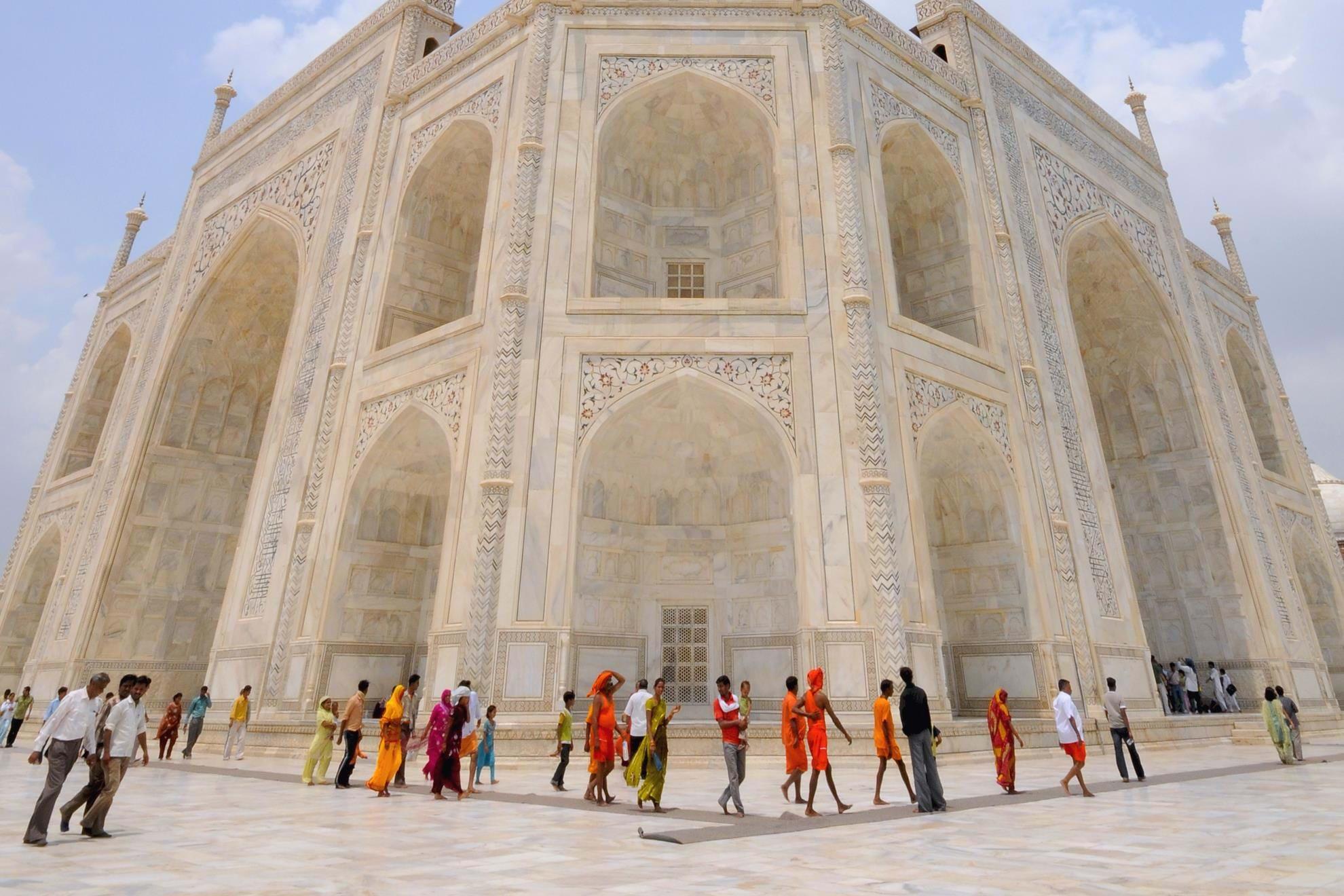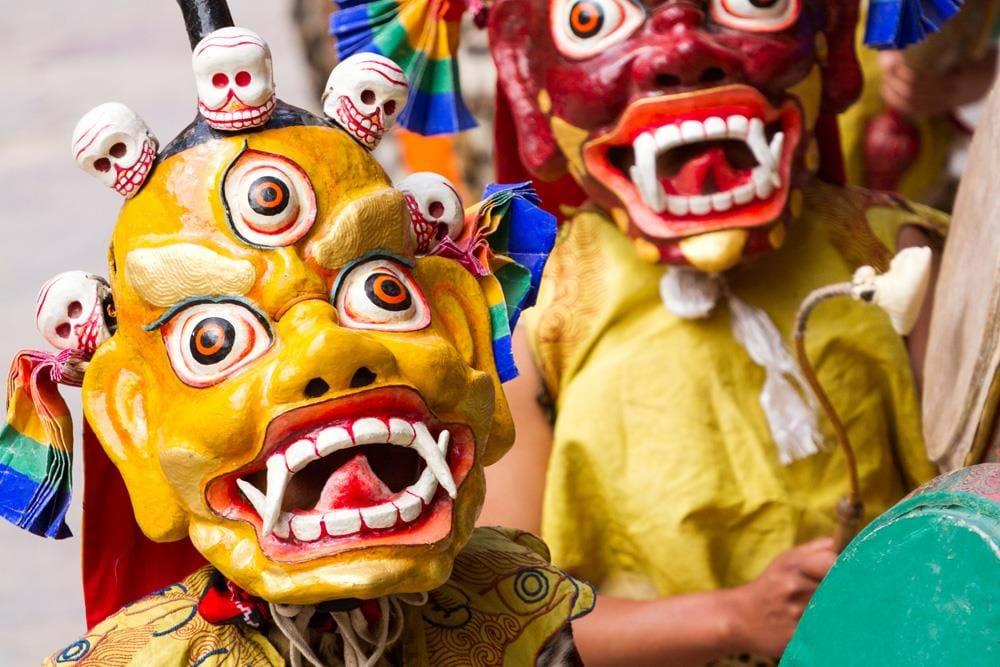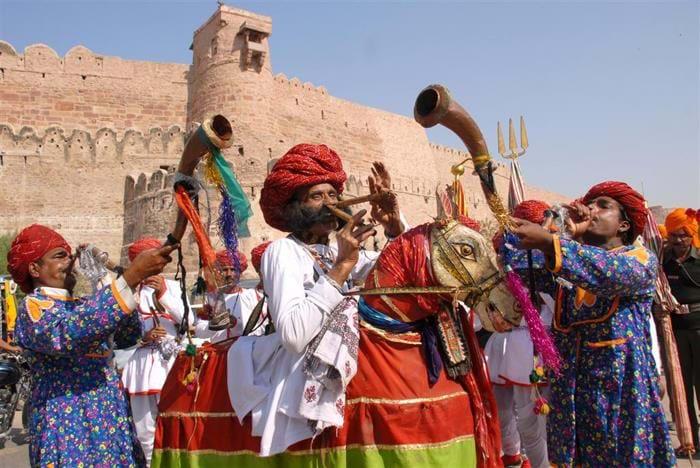India 18.02.2015 Updated: Transindus
Holi is one of the world's most exciting festivals, not to mention colourful, so getting the chance to experience it firsthand in India is something that should not be missed. This year, Holi will be celebrated on March 6th, so anyone planning to be in the country at this time should get clued up about what to expect.
What is Holi?
Otherwise known as the Festival of Colours, Holi is a celebration of good over evil and is dedicated to Lord Krishna, who is believed to be the reincarnation of Lord Vishnu in the Hindu faith. It is said that this deity was keen on playing pranks and covered village girls in water and coloured powder - a tradition that is still carried out during Holi to this day.
Where to spend Holi
While the festival, which falls on the day following the full moon each March, is marked in most areas of India, there are some places that go to greater lengths to celebrate Holi than others. Unsurprisingly, Mathura, the temple town where Lord Krishna was born and Vrindavan where he grew up, both have impressive Holi celebrations.
Traditions and rituals
As Holi commemorates the burning of the demoness Holika, big bonfires are built and burnt the night before the celebrations in order to rid communities of evil spirits. These ritualistic occasions are known as Holika Dahan and precede the main celebrations. On the day of Holi itself, coloured water and powder is thrown at participants, with the resulting rainbow reflecting the energy of the event.

Variations of Holi
Like many celebrations, Holi is enjoyed in varying degrees across India, with certain traditions being associated with distinct locations. For example, the women of Barsana village in Uttar Pradesh brandish sticks against the men from nearby Nandgaon village as part of their rituals. In Shantiniketan in West Bengal, the students dress in spring colours and put on dancing and singing in the run up to the main Holi festivities.
Religious practices
When throwing coloured powder at each other, it is easy to forget that Holi has a religious element too and this should be respected. Many Hindu families will gather together on the morning of Holi and put flower garlands around the idols in their homes. Lamps are lit and small offerings of food are put in front on the figures while prayers are said. Afterwards, believers often spend some time visiting the houses of friends and relatives and pay their respects.
Preparing for Holi
Forgetting your worries is one of the best things about Holi, but it is a good idea to be fully prepared beforehand to ensure that you can enjoy the festivities carefree. The colours of the powders are incredibly vibrant, but this can make them difficult to wash out. One way to counteract this is to rub coconut oil into your skin to prevent them from being absorbed. Always wear old clothes and shoes that you don't mind ruining before getting involved in Holi, as they will likely never be the same colour again.

Safety
As with many festivals, there is an element of drinking alcohol, which means that some of the participants can get inebriated. To enjoy the festivities before this happens, try and head into the celebrations early and stay with people you know to prevent any unpleasant experiences.
Photographing Holi
The aspect that makes Holi so tempting for photographers to capture on camera is the same thing that poses a threat to your equipment - the colours. Carefully put on waterproof covers are a good idea, although extra duck tape to secure them in place may be needed. Be sure to change any batteries, memory cards or lenses well away from areas where powders are being thrown or risk getting them in your camera.






